Urgent Threats
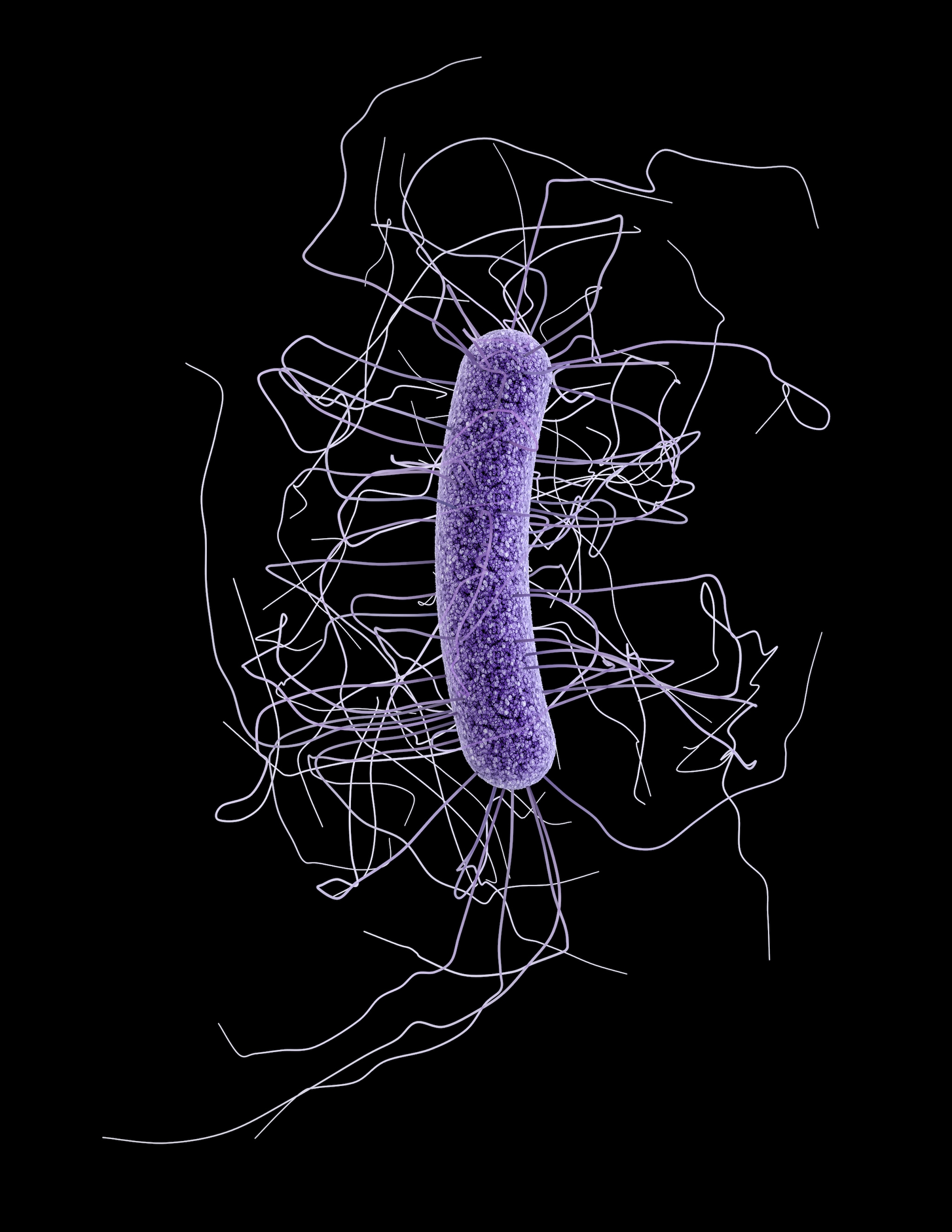
Type: Bacteria
Also known as: C. difficile or C. diff, previously Clostridium difficile
About: C. difficile causes life-threatening diarrhea and colitis (an inflammation of the colon), mostly in people who have had both recent medical care and antibiotics
Infections per year: 500,000*
Deaths per year: 15,000*
Learn more: CDC’s C. difficile website
*Updated data from a 2015 CDC study. This data is not reflected in the AR Threats Report.
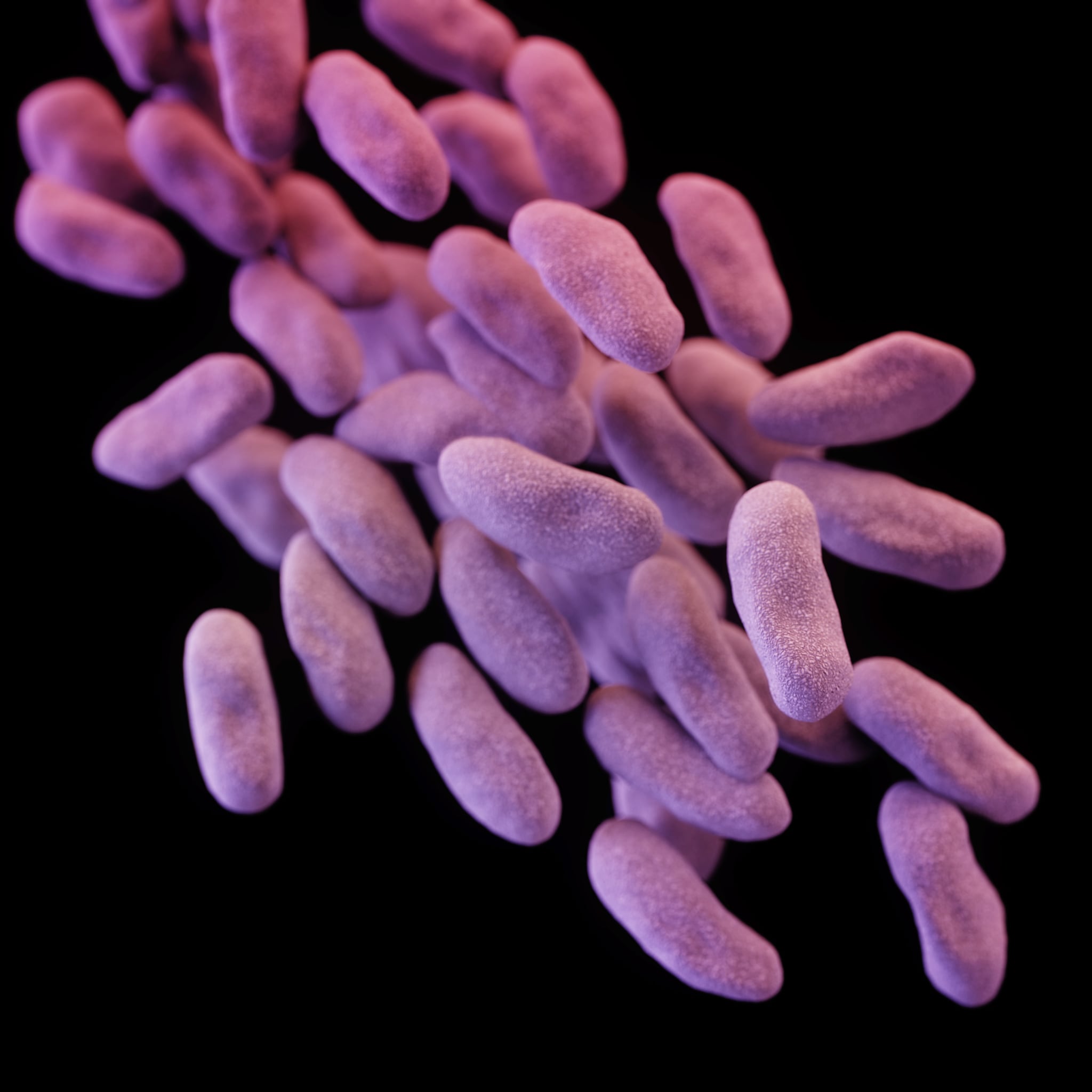
Type: Bacteria
Also known as: Nightmare bacteria
About: Some Enterobacteriaceae (a family of germs) are resistant to nearly all antibiotics, including carbapenems, which are often considered the antibiotics of last resort
Drug-resistant infections per year: 9,000
Deaths per year: 600
Learn more: CDC’s CRE website

Type: Bacteria
About: N. gonorrhoeae causes the sexually transmitted disease gonorrhea, and has progressively developed resistance to the antibiotic drugs prescribed to treat it
Infections per year: 246,000
Learn more: CDC’s antibiotic-resistant gonorrhea website
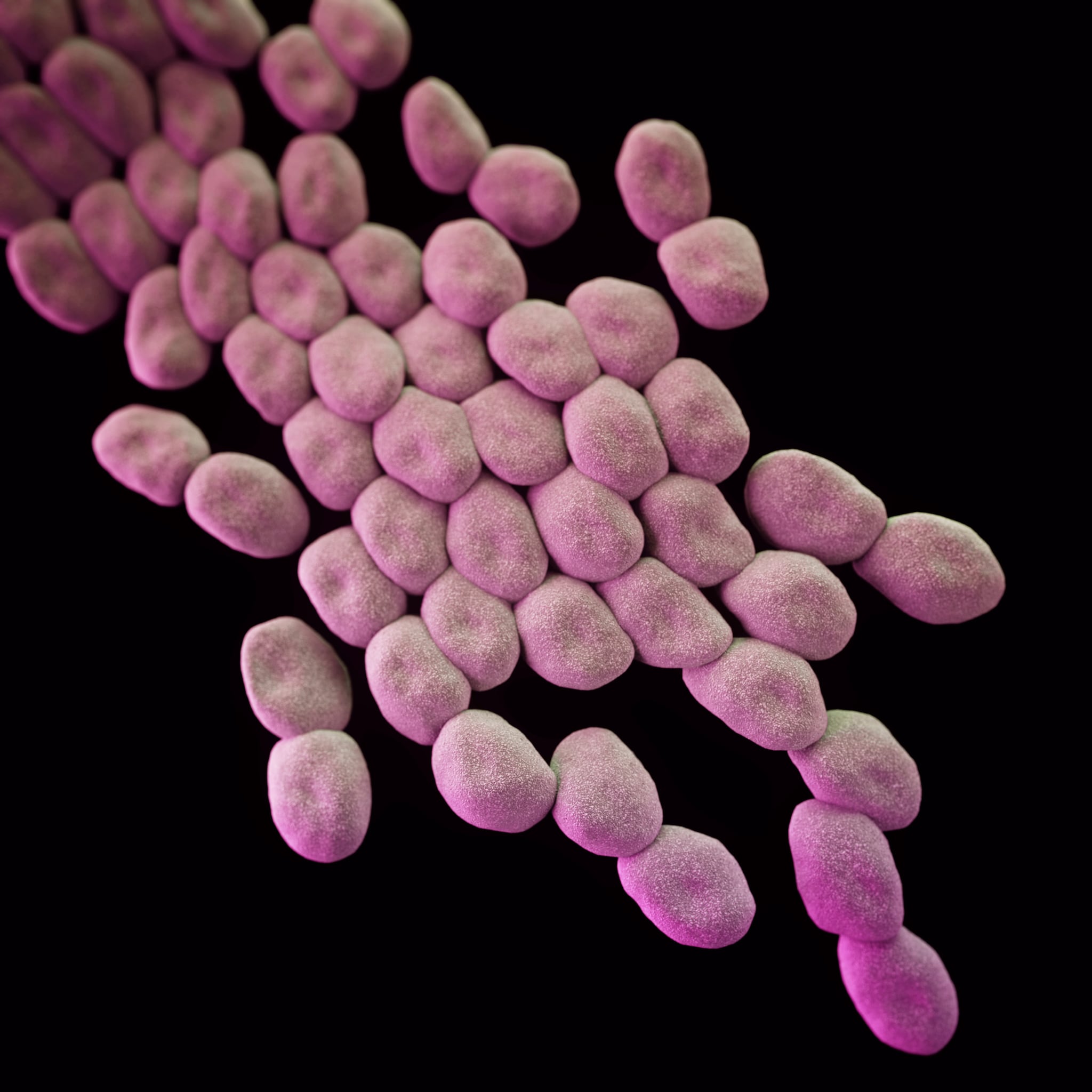
Type: Bacteria
About: People with weakened immune systems, including hospitalized patients, are more at risk of getting an Acinetobacter infection, which is resistant to many commonly prescribed antibiotics
Multidrug-resistant infections per year: 7,300
Deaths per year: 500
Learn more: CDC’s Acinetobacter website
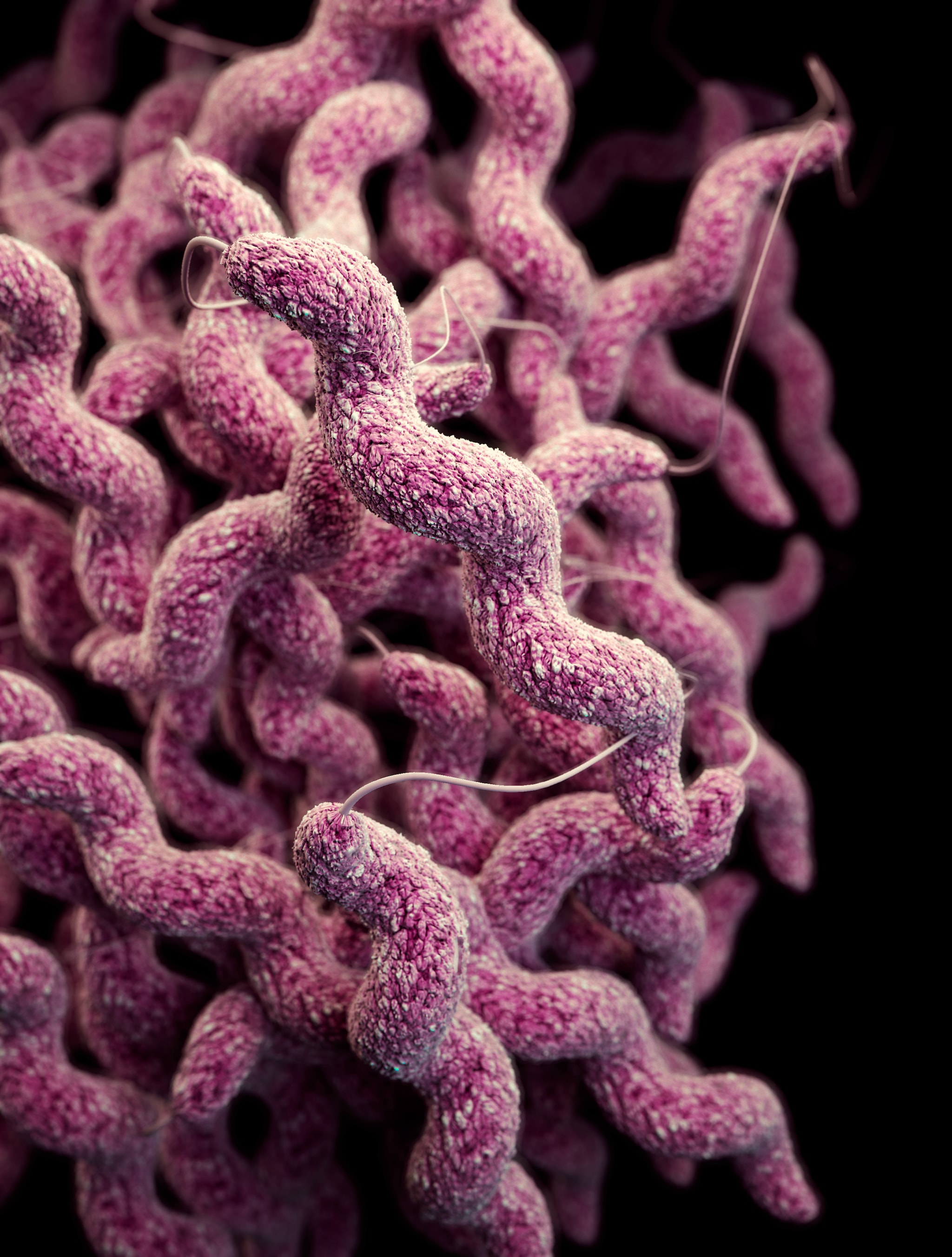
Type: Bacteria
Also known as: Campy
About: Campylobacter usually causes diarrhea, fever, and abdominal cramps, and can spread from animals to people through contaminated food, especially raw or undercooked chicken
Drug-resistance infections per year: 310,000
Learn more: CDC’s Campylobacter website
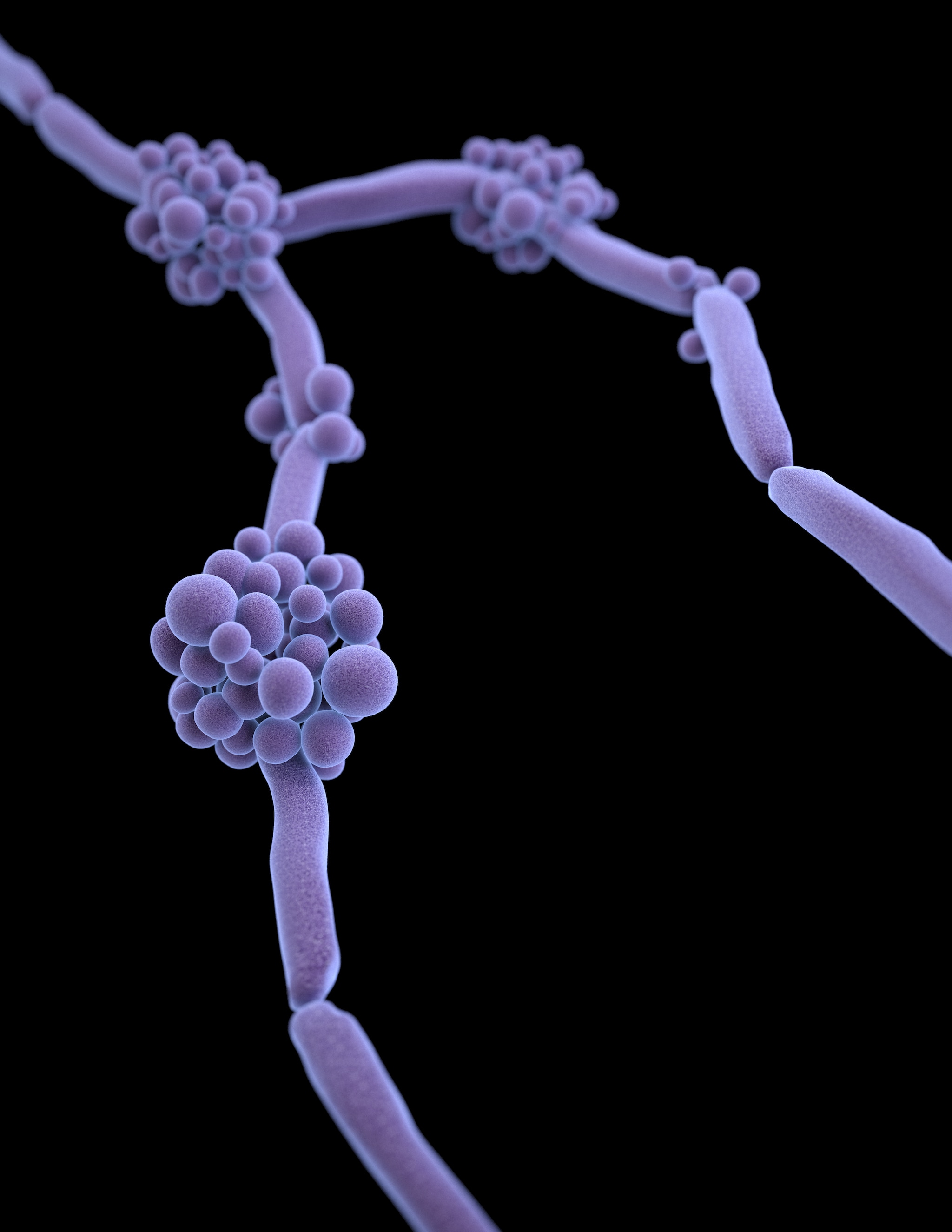
Type: Fungus
About: Candida yeasts normally live on skin and mucous membranes without causing infection; however, overgrowth of these microorganisms can cause symptoms to develop
Fluconazole-resistant Candida infections per year: 3,400
Deaths per year: 220
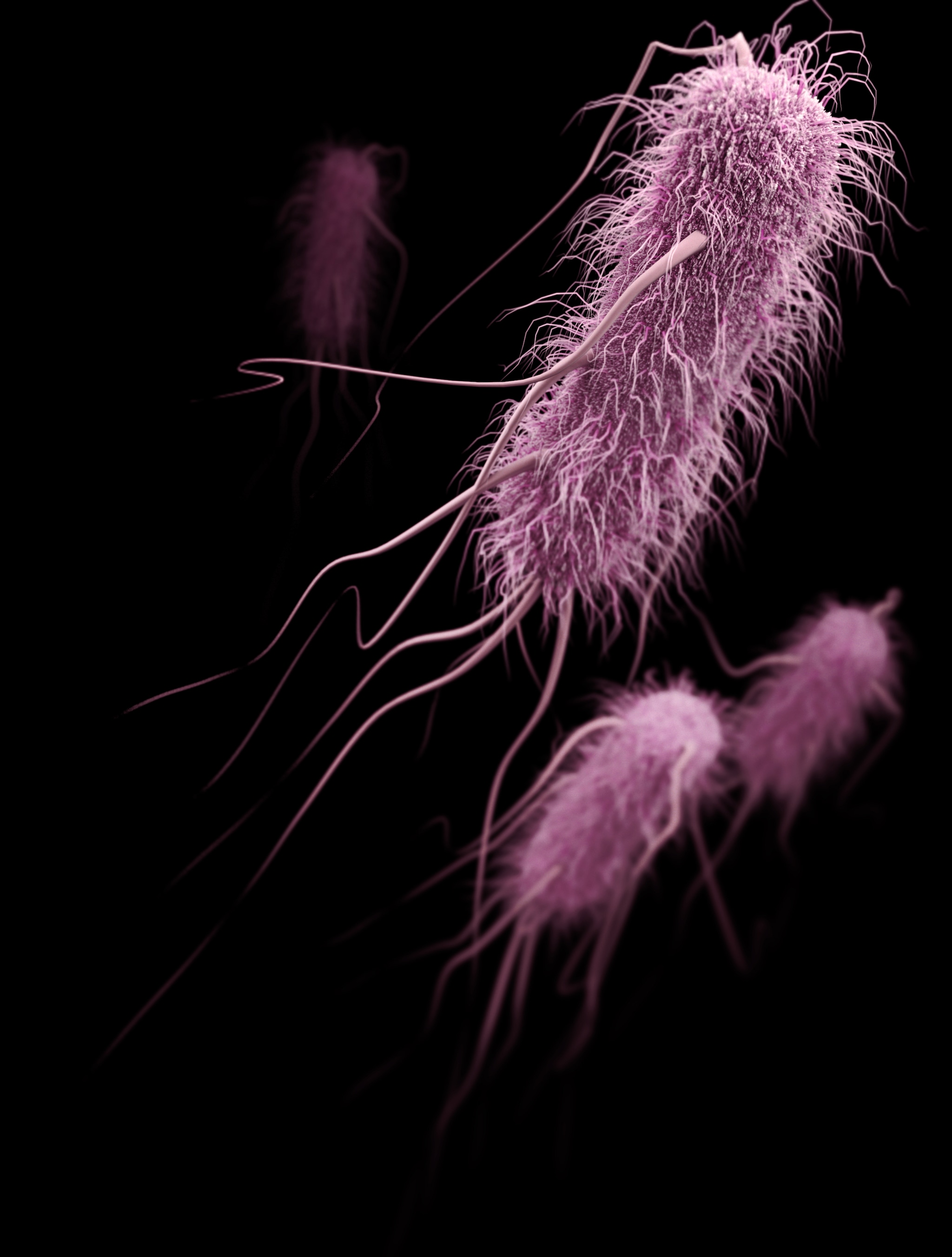
Type: Bacteria
Also known as: ESBL, or extended-spectrum β-lactamase
About: ESBL-producing Enterobacteriaceae are resistant to strong antibiotics, including extended spectrum cephalosporins
- ESBL is an enzyme that allows bacteria to become resistant to a wide variety of penicillin and cephalosporin drugs
- Bacteria that contain this enzyme are known as ESBLs or ESBL-producing
Drug-resistant infections per year: 26,000
Deaths per year: 1,700
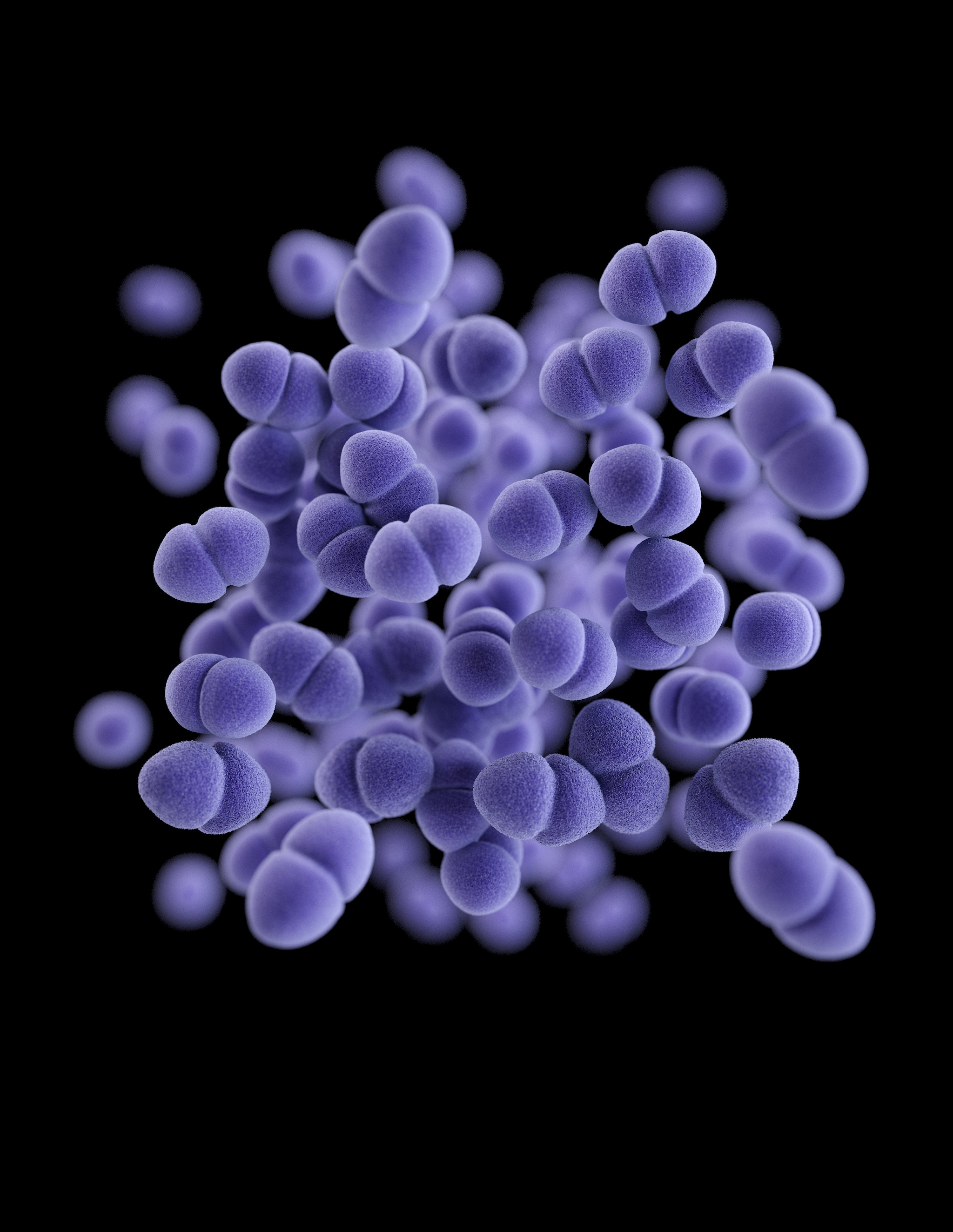
Type: Bacteria
Also known as: VRE
About: Enterococci cause a range of illnesses, mostly among patients receiving healthcare
Drug-resistant Enterococcus infections per year: 20,000
Deaths per year: 1,300
Learn more: CDC’s VRE in Healthcare Settings website
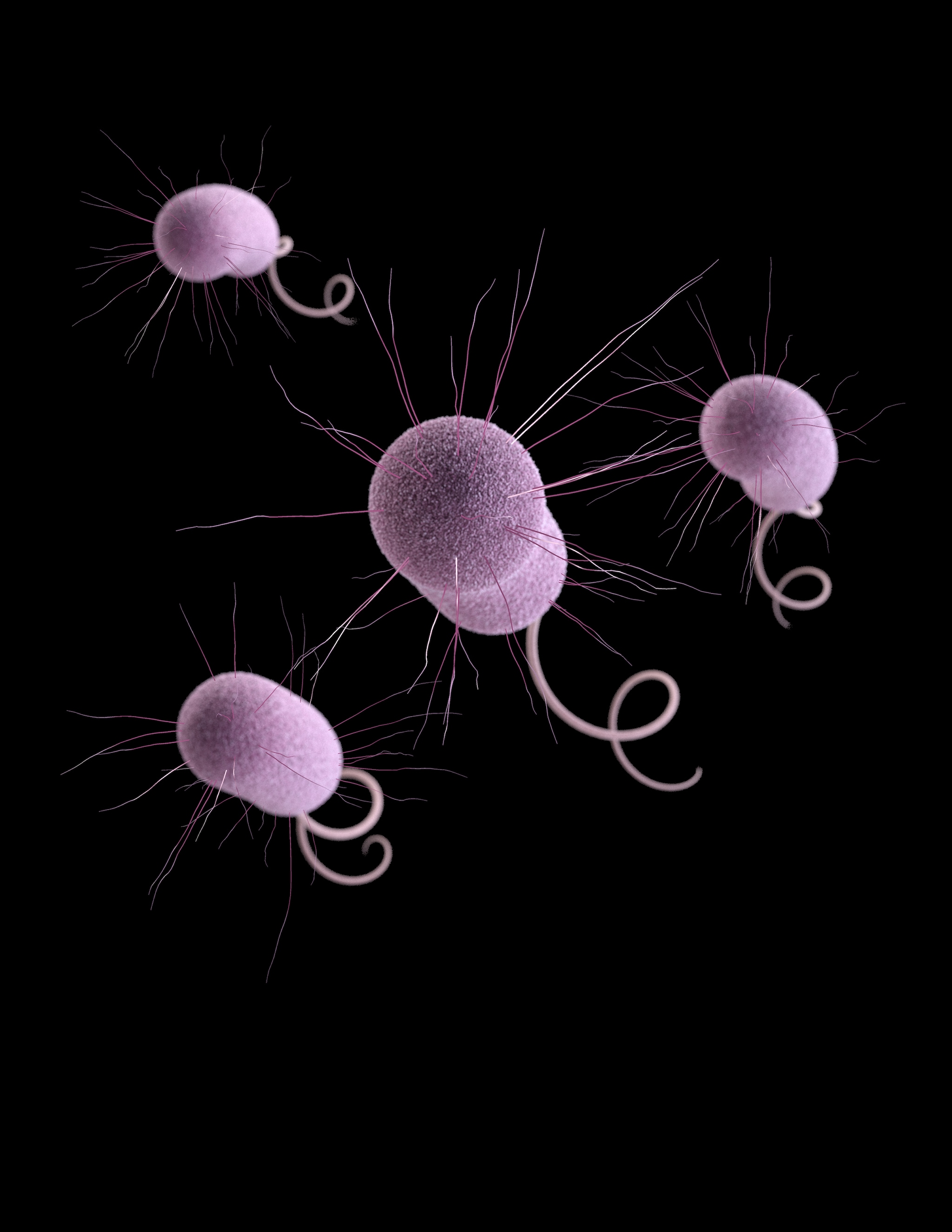
Type: Bacteria
Also known as: P. aeruginosa
About: Serious Pseudomonas infections usually occur in people with weakened immune systems, making it a common cause of healthcare-associated infections
Multidrug-resistant Pseudomonas infections per year: 6,700
Deaths per year: 440
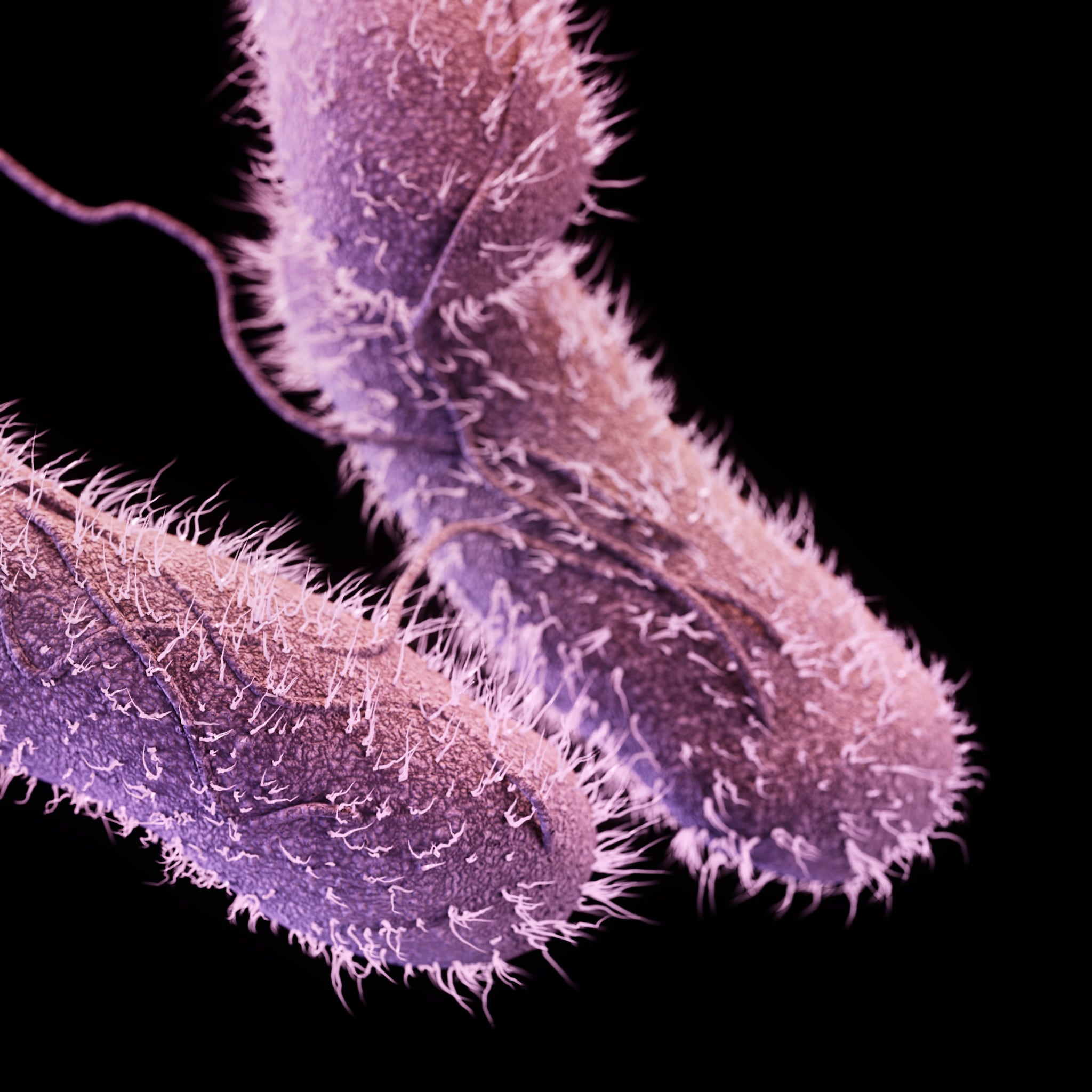
Type: Bacteria
- Non-typhoidal Salmonella includes serotypes (a subdivision of a species) other than Typhi, Paratyphi A, Paratyphi B, and Paratyphi C
About: Salmonella spreads from animals to people mostly through food, and usually causes diarrhea, fever, and abdominal cramps
Drug-resistant Salmonella infections per year: 100,000
Learn more: CDC’s Salmonella website
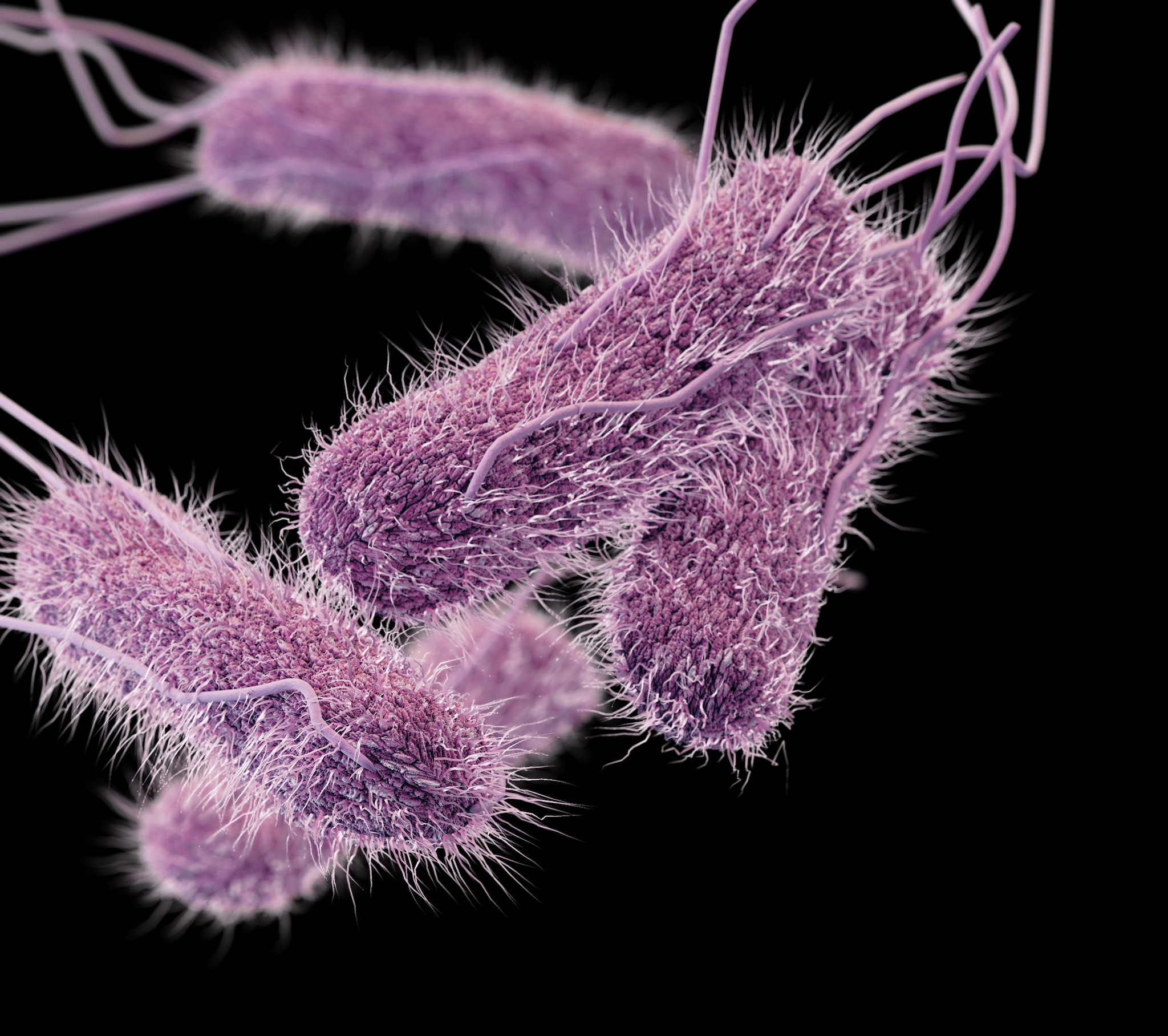
Type: Bacteria
Also known as: typhoid fever
About: Salmonella Typhi causes a serious disease called typhoid fever, and is spread by contaminated food and water
Drug-resistant Salmonella Typhi per year: 3,800
Learn more: CDC’s Typhoid Fever website
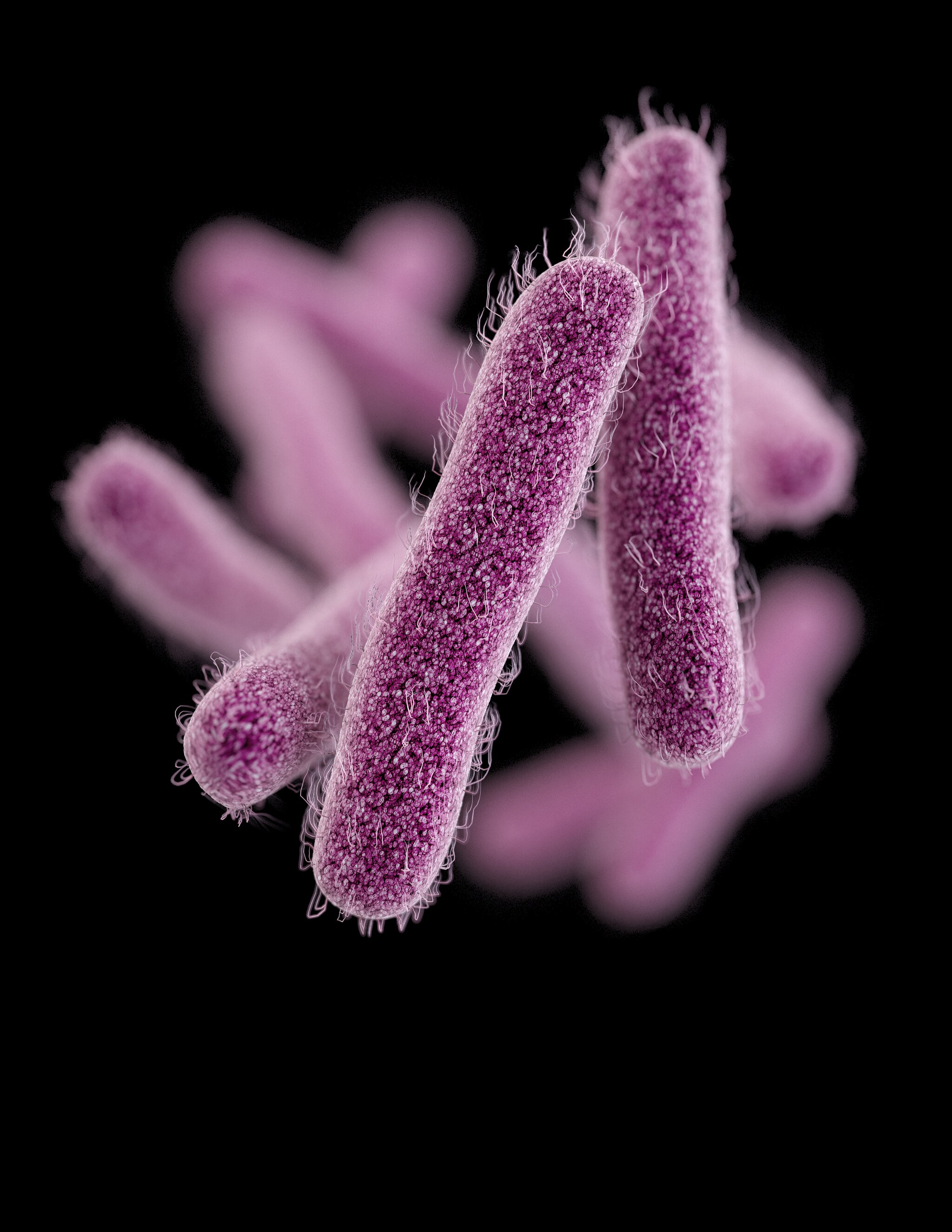
Type: Bacteria
About: Shigella spreads in feces through direct contact or through contaminated surfaces, food, or water, and most people infected with Shigella develop diarrhea, fever, and stomach cramps
Drug-resistant infections per year: 27,000
Learn more: CDC’s Shigella website
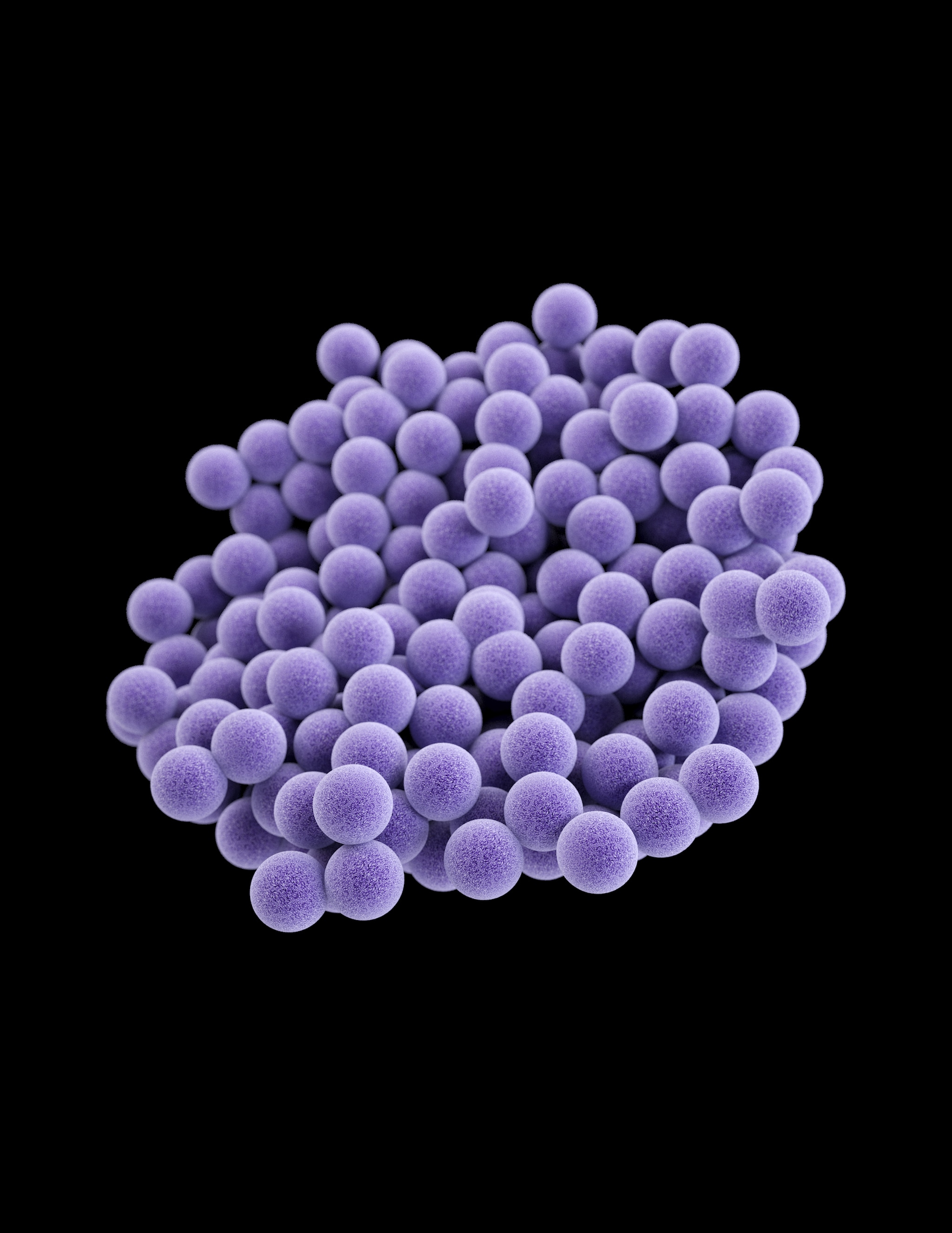
Type: Bacteria
Also known as: MRSA, resistant staph (short for Staphylococcus), resistant S. aureus
About: MRSA is S. aureus that has become resistant to certain antibiotics called beta-lactams, including methicillin
- Patients in healthcare settings frequently get severe or potentially life-threatening infections, and people can also get MRSA in their community
Severe MRSA infections per year: 80,461
Deaths per year: 11,285
Learn more: CDC’s MRSA website
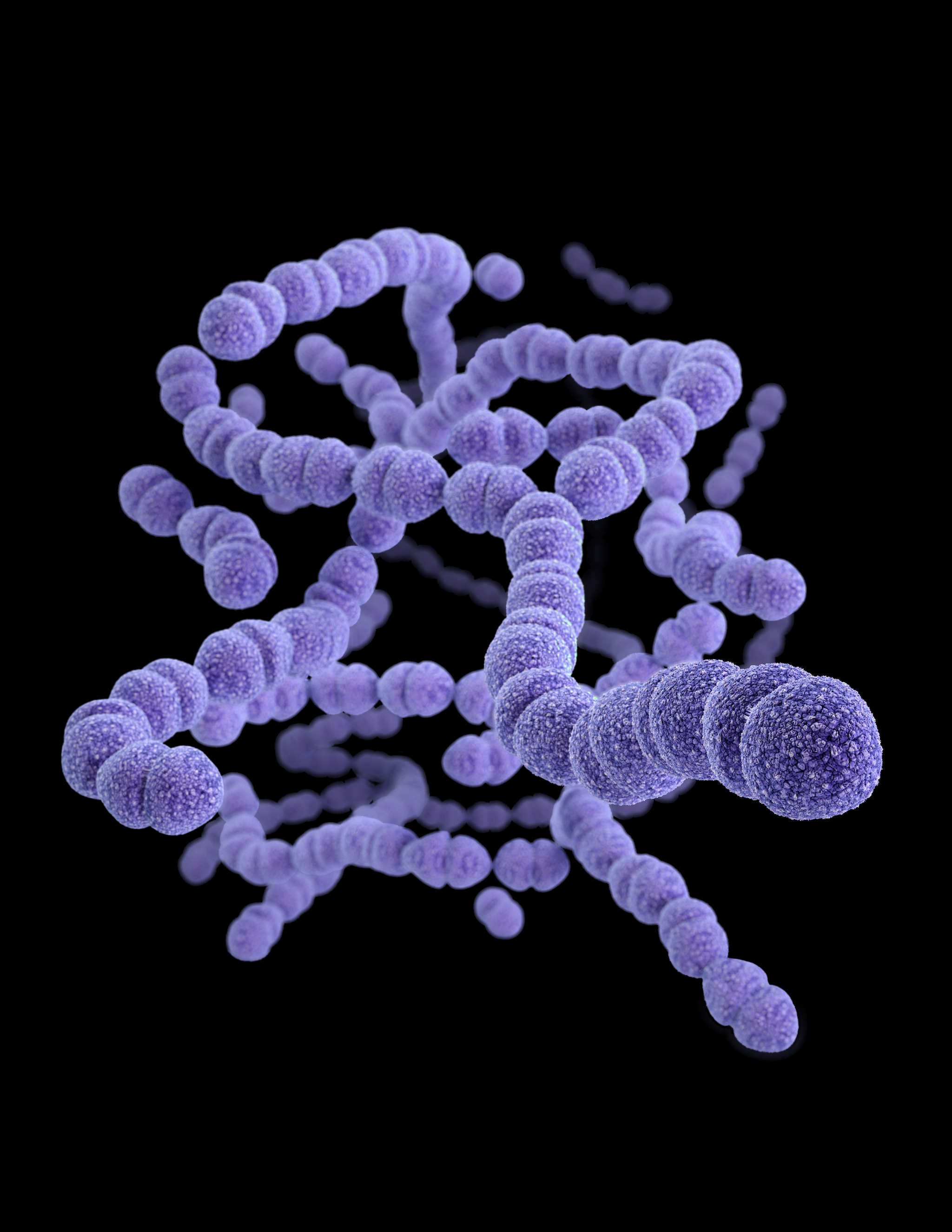
Type: Bacteria
Also known as: S. pneumonia, pneumococcus
About: S. pneumoniae causes pneumococcal disease, which can range from ear and sinus infections to pneumonia and bloodstream infections
Drug-resistant infections per year: 1.2 million
Hospitalizations per year: over 19,000
Deaths per year: 7,000
Learn more: CDC’s S. pneumoniae website
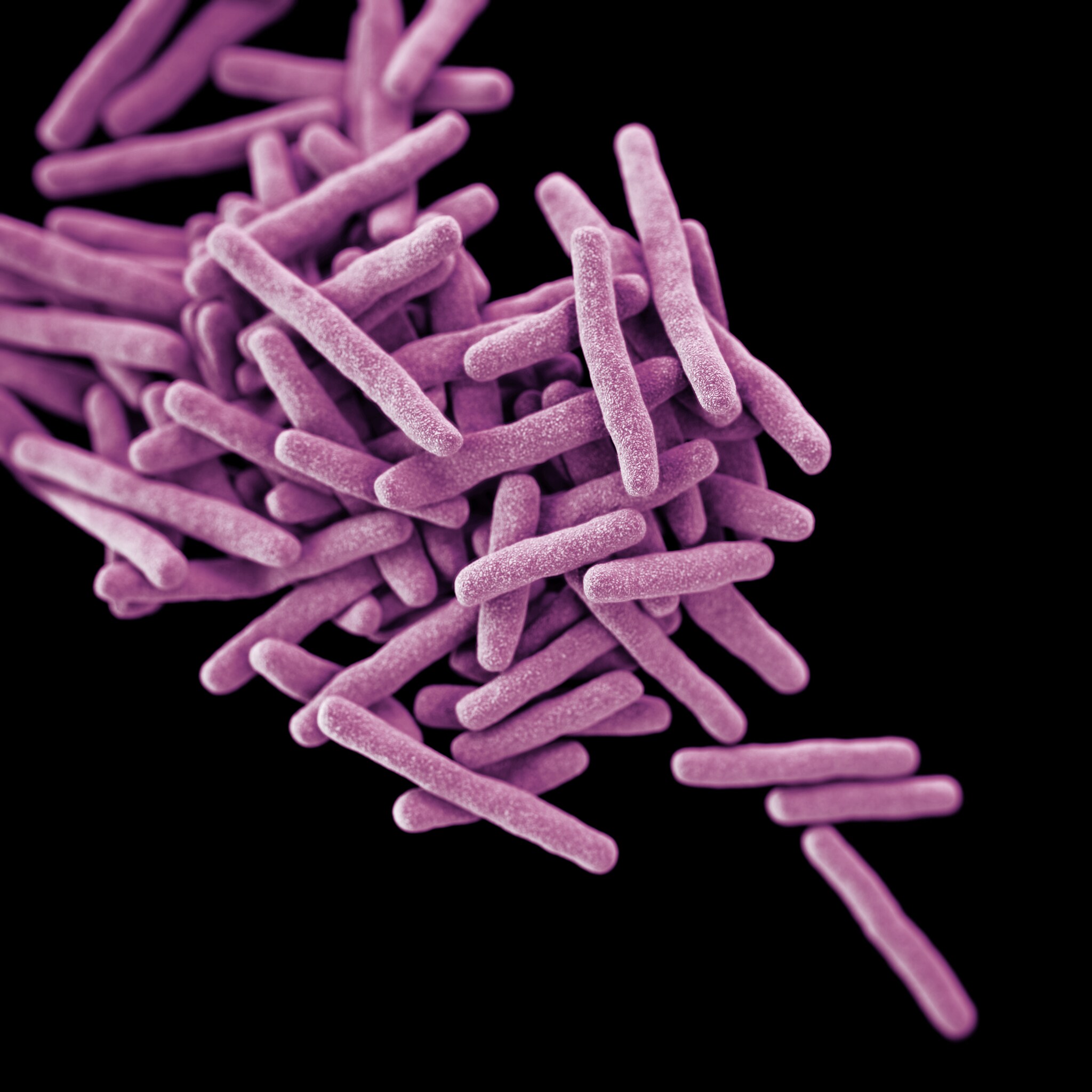
Type: Bacteria
Also known as: TB, multidrug-resistant TB (MDR TB), or extensively drug-resistant TB (XDR TB), Mycobacterium tuberculosis (M. tuberculosis)
About: TB is caused by the bacteria M. tuberculosis, and is among the most common infectious diseases and a frequent cause of death worldwide
Drug-resistant TB cases in 2011: 1,042
Learn more: CDC’s TB website

Type: Bacteria
Also known as: VRSA, resistant staph (short for Staphylococcus), resistant S. aureus
About: VRSA is S. aureus that has become resistant to the antibiotic vancomycin, the antibiotic most frequently used to treat serious S. aureus infections
Cases 2002-2013: 13 in 4 states
Learn more: CDC’s VRSA website
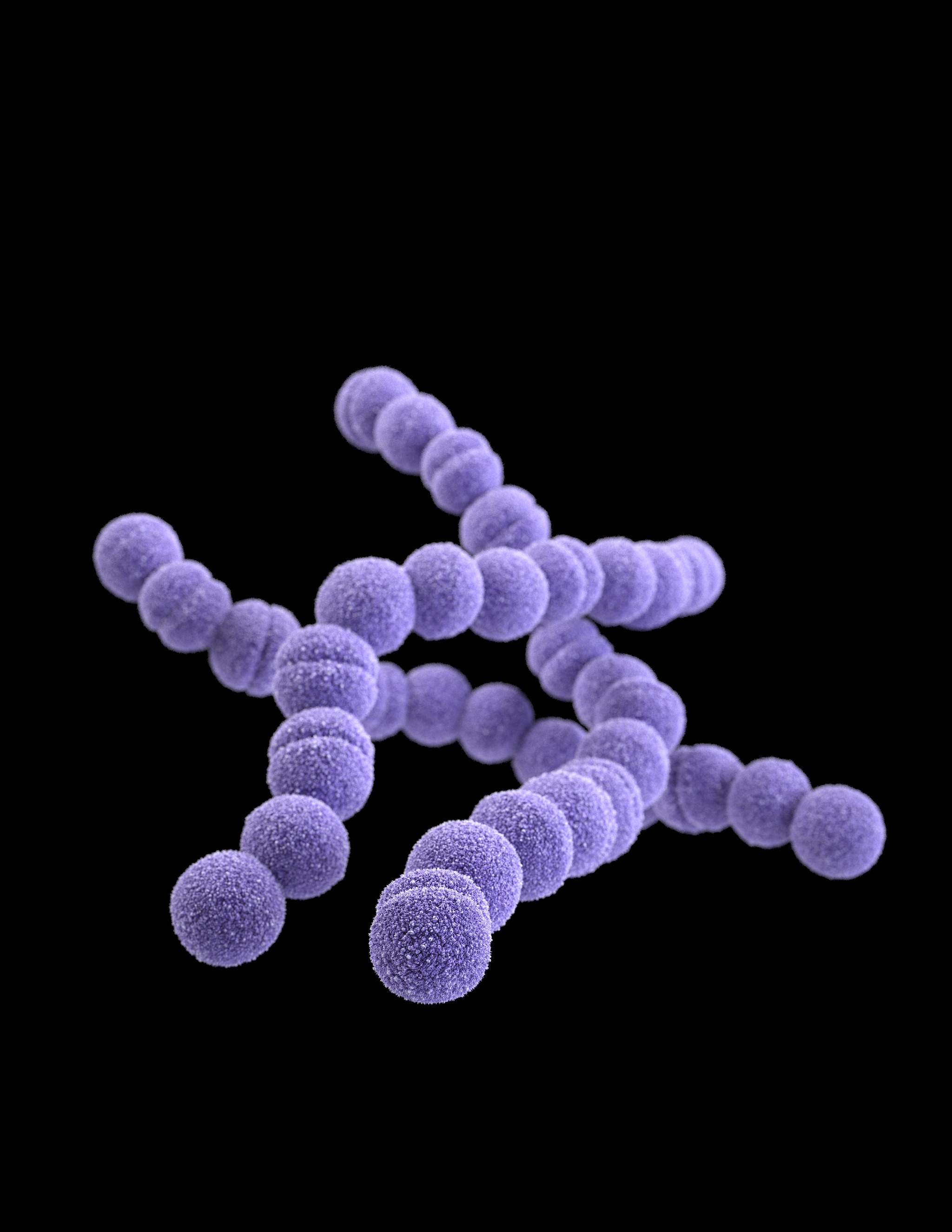
Type: Bacteria
Also known as: resistant group A strep, GAS
About: Group A strep can cause many different infections that range from minor illnesses to very serious and deadly diseases, including strep throat, scarlet fever, and others
Drug-resistant infections per year: 1,300
Deaths per year: 160
Learn more: CDC’s GAS website
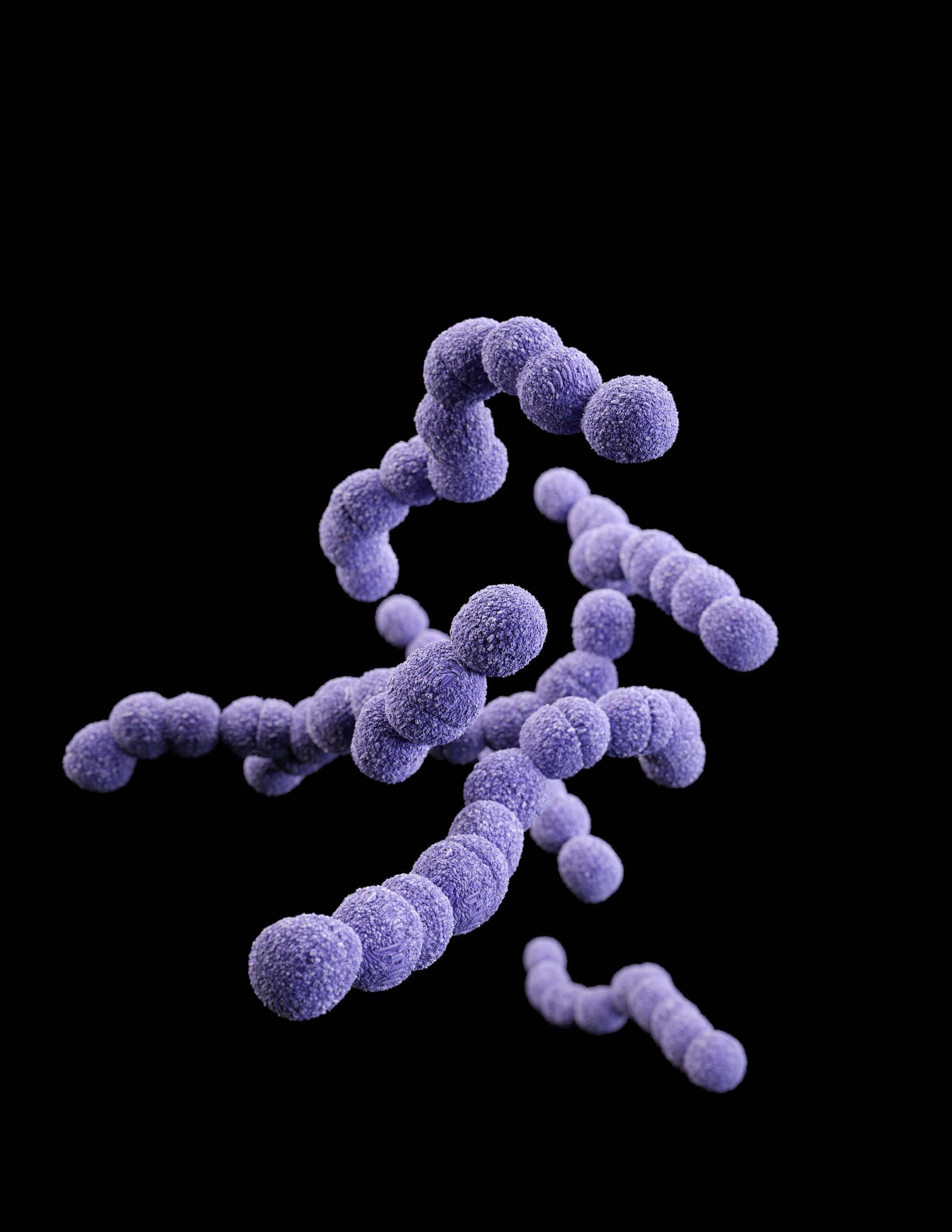
Type: Bacteria
Also known as: resistant group B strep, GBS
About: Group B strep can cause severe illness in people of all ages
Drug-resistant infections per year: 7,600
Deaths per year: 440
Learn more: CDC’s GBS website





















.jpg)









No hay comentarios:
Publicar un comentario